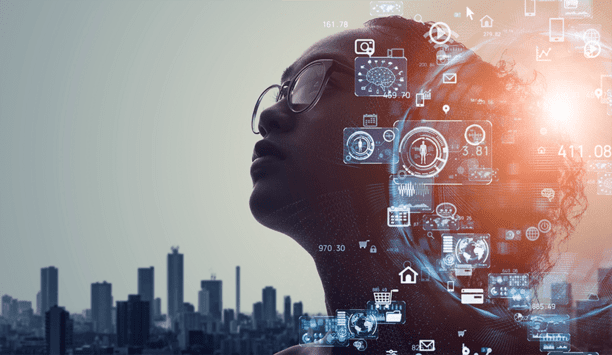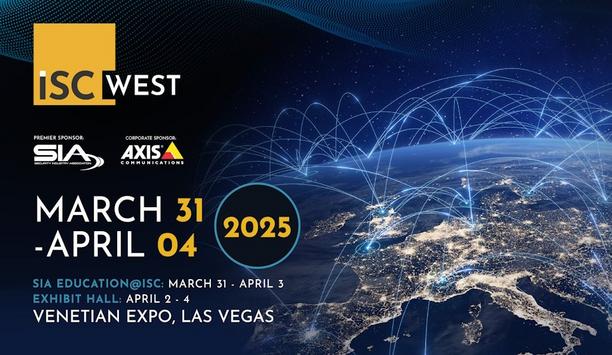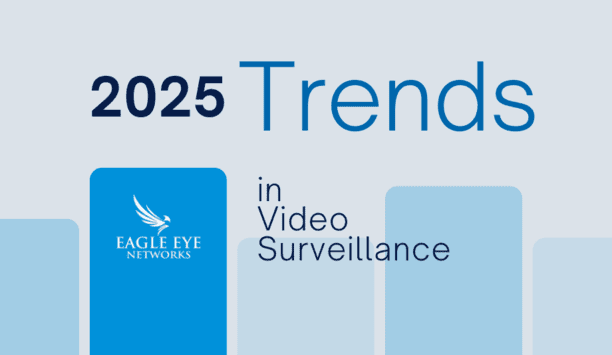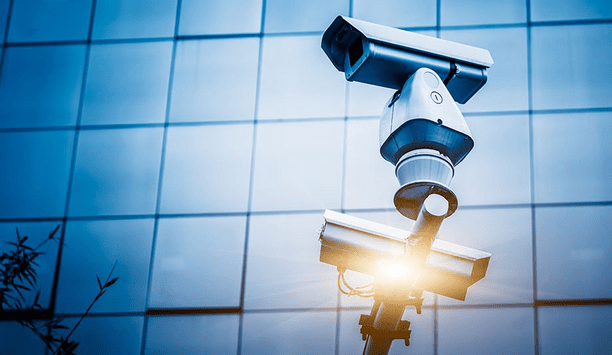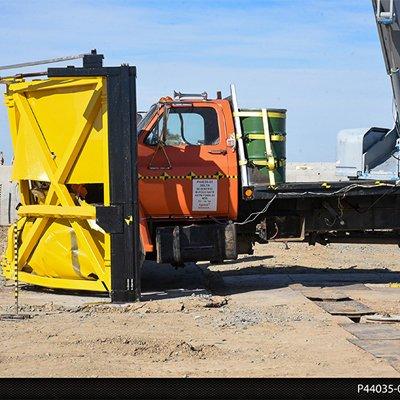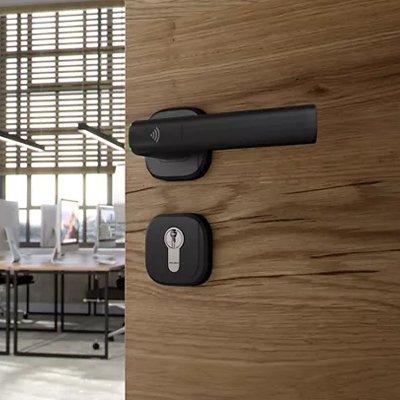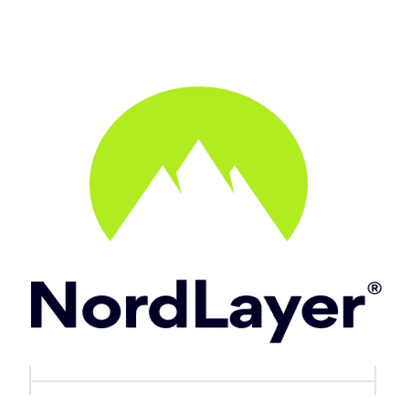ISS (Intelligent Security Systems), a pioneering global provider of video intelligence and data awareness solutions, announced the launch of a new cloud-enabled, multi-modal version of its SecurOS® FACT (Faces As Credentials Technology) solution at MWC Las Vegas.
Leveraging the industry-pioneering SecurOS® FaceX facial recognition technology, FACT enables organisations to turn their existing security infrastructure, including surveillance cameras and card readers, into a full-featured facial authentication solution for access control.
Access control system
User has 10 seconds to scan their badge at the card reader to proceed via the turnstile or door
In this updated version, FACT, running on a virtual server, communicates with onsite cameras via a high-speed 5G network to verify the identities of credentialed users already enroled in the access control system.
Once the user’s face is detected and authenticated, a process that takes less than 500 milliseconds, on average, the user then has 10 seconds to scan their badge at the card reader to proceed through the turnstile or door.
Latest version of SecurOS® FACT
Using a multi-factor authentication (MFA) approach like this provides an additional layer of security, allowing for true authentication in access management and a reduction in the unauthorised access that single-factor authentication methodologies, such as proximity cards or keypads, often produces.
“Since launching our first facial analytics in 2004, ISS has been one of the pioneers in the development of cutting-edge facial authentication solutions,” said Matt Powell, Managing Director, North America, ISS. “This latest version of SecurOS® FACT highlights our commitment to continued innovation by offering end users the ability to leverage a cloud-enabled version of the solution running on 5G architecture, providing the flexibility that today’s organisations are looking for in their access control systems.”
How FACT works
Unlike some keys that are unable to realise people following slight changes to their personnel build
With FACT, organisations can use images of employees, vendors and others within their current access control or visitor management system without having to go through the expense and time required to re-enrol the entire workforce.
Additionally, unlike some solutions that are unable to recognise individuals following slight changes to their personnel appearance, such as changing to their hairstyle or eyewear, the deep subject matter expertise in facial recognition means that FACT is unphased and will continue to deliver accuracy rates of 98% or better each and every time.
Some of the other benefits of FACT
- Multi-Factor Authentication (MFA) – While faces can be used as the sole means of granting and denying access, organizations can also continue to use physical credentials in tandem with FACT to create a multi-factor authentication solution where required.
- Empowering Zero-Trust Access Control – With FACT MFA, the identity of credentialed users are automatically vetted, preventing malicious actors from using a stolen or mirrored badge of an authorized cardholder. When used in conjunction with our anti-spoofing technology, FACT creates yet another layer of security to mitigate against potential physical security breaches.
- Eliminate Bias – With deployments in more than 50 countries across six continents, ISS has incorporated a quarter-century of lessons learned into our algorithms and training data. This experience means that FACT works accurately with any demographic to enable the rapid recognition of personnel.
- Advanced Anti-Spoofing Technology – As with SecurOS® FaceX, FACT analyzes face liveness at the door to ensure that printed or mobile photos presented at a reader will generate an automatic alarm.
- ACS and Identity Management Integration – Existing integrations with all major access control and identity management systems.
- Robust Data Security – All personal data is encrypted in transit and at rest.
- Tailgating Detection – Identifies incidents of tailgating at access points and sends an immediate notification to security operators and/or other key stakeholders.
- Loitering Detection – Generates alerts regarding people loitering near doors and other sensitive areas to provide critical predictive notifications of potential criminal or other disruptive behaviours.






